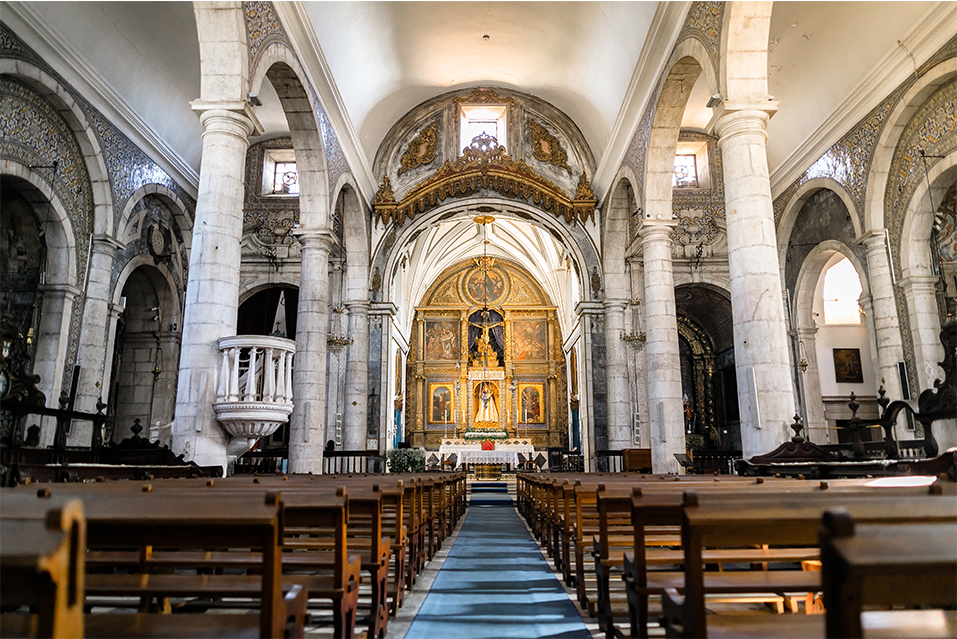Catholic


The most adhered to faith in Australia the Catholic funeral rite has two purposes: To pray for the dead, and bring comfort and hope to the mourners (Bishop Terry Brady, Catholic Archdiocese of Sydney). The teaching is that upon death, people will either go to Hell, Heaven or Purgatory (a limbo of sorts) after the judgment of one’s life and their deeds throughout it.
Before the funeral
• When death is imminent, a priest may be contacted to visit the person to issue what is known as the ‘last rites’, blessing them before they pass
• The Catholic faith has a number of norms and practices surrounding funerals (known as rites), and as such a priest will often be asked to help plan it along with a funeral director
• A prayer vigil is a common feature of a Catholic funeral which takes place before the main service, just after the death. Friends and family gather to pray and may sing songs. Formal, darker clothing is common but does not need to be as formal as at the funeral itself
During the service
• It’s a tradition for the body to be present in a coffin at the church where the funeral will take place
• Formal, dark clothing is expected unless stated otherwise by the family
• Catholic funeral hymns and prayers can be chosen by the family who often recites them, as well as the eulogies, were given. A priest or deacon will often give a sermon based on the Catholic funeral readings
• If the service is a funeral Mass, it will include the issuing of Holy Communion, as in Anglican funerals. It is only appropriate to accept the wine and bread (also called the host) if you are a Christian. If you’re not, simply cross your arms over your chest to receive a blessing from the priest or person administering the Communion
• If there isn’t a priest present, Communion can’t proceed and therefore the service will be a funeral liturgy. Dress and etiquette standards are the same for either type
• Standing and kneeling during certain parts of the Mass will occur, if you’re physically able you can partake, or remain seated. A Catholic funeral mass will usually last for about an hour
After the service
• Once banned by the Catholic Church and considered a grave sin, cremation is now an accepted practice, however, must be carried out only after the funeral service. From the church, those invited will go with the family to the crematorium or the site of internment for the burial. The priest will say some prayers, and everyone will join in the Lords’ Prayer (the Our Father)
• Following the funeral and subsequent burial or cremation, a wake is commonly held in the house of a friend or family member of the deceased at which people will share food and drinks in honour of the loved one’s life. You may choose to bring something to share (food or drink) but don’t feel obliged
• The family may choose to have a memorial service six months following the death and then again at every anniversary, although the Church sets no obligation to do this


